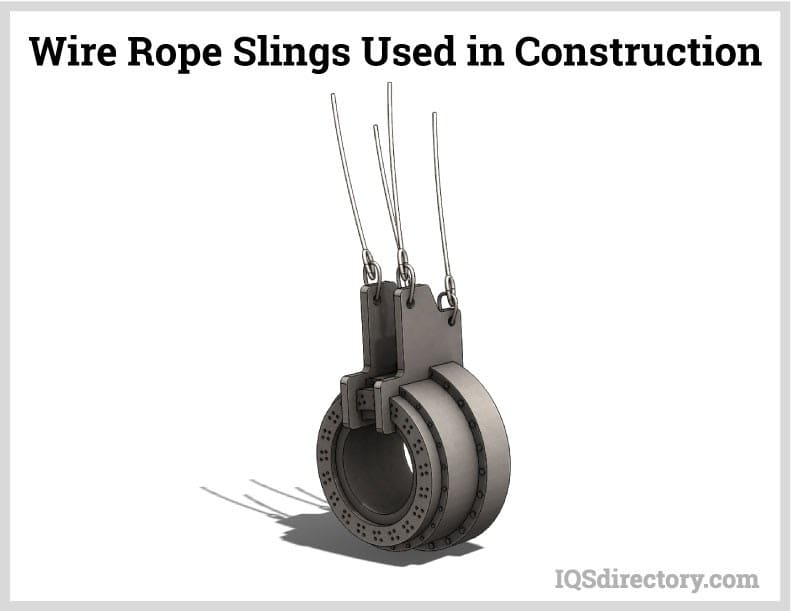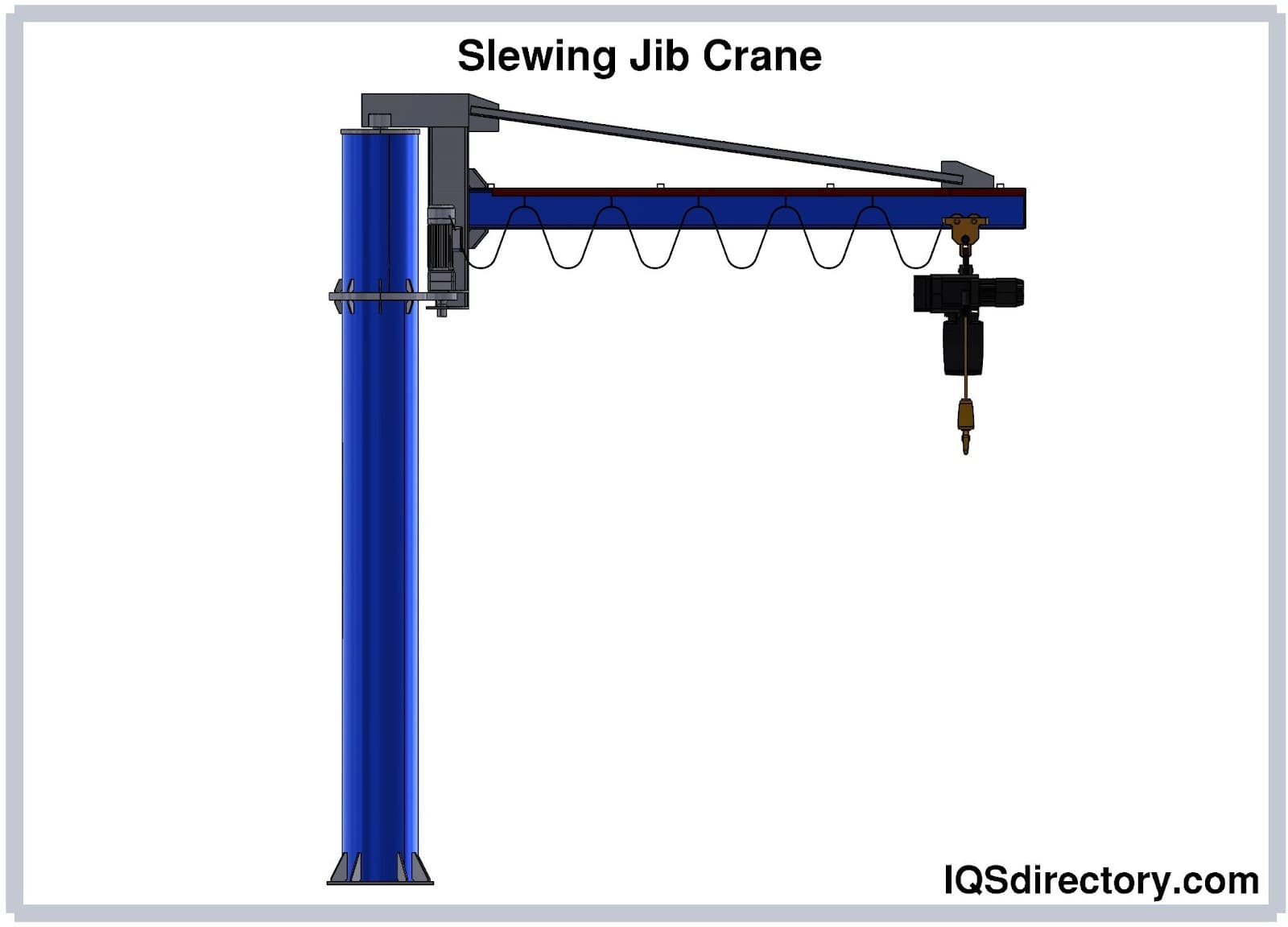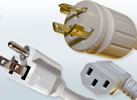Each filament in steel cable is made of one of a number of iron alloys belonging to the steel family. The most common metal alloy in the world, the steel family includes several variations and combinations of iron and carbon along with other metallic elements to reach specific mechanical and physical properties. Read More…
As leading innovative wire rope manufacturers, Bergen Cable Technology has been providing engineering assistance for well over half a century, helping customers develop cost effective, durable solutions.

JSC, as one of the most diversified wire rope manufacturers, utilizes over 200 production machines to produce top rated wire products in ferrous and nonferrous materials. Industries that JSC serves include electronics, geophysical and communications.

Lexco is an ISO:9001 manufacturer of wire rope, cable, and bungee cord assemblies; and push-pull controls. Our in-house capabilities range from swaging and extrusions to die-casting, proof-loading, and CNC machining. Lexco Cable is proud to serve a diverse set of markets including military, aerospace, OEM, MRO, marine, architectural, and more. Contact us today.

For over 30 years, companies across various markets have relied on Motion Control Technologies to provide high-quality mechanical cable solutions. Our line of products includes commercial cable lanyards, galvanized wire rope cable lanyards, swaged fittings, and more. We strive to build long-lasting relationships with our customers, regardless of your industry. Contact us today and tell us how we...

Aero Assemblies, Incorporated strives to make every effort, as dedicated wire rope manufacturers, to maximize product value throughout the manufacturing process.

More Steel Cable Manufacturers
Steel is a popular cable composition because of its wear and corrosion resistance as well as its high breaking strength and long product lifespan. Each of these considerations is crucial to steel cable applications.
Often used as safety and control cables, steel wires such as these must be reliable as mechanical failure can lead to costly and even deadly consequences.
Additional specifications include diameter, length, specific composition, resistance to crushing or flattening, and ductility. These should be examined with regard to the intended use of the cable which can range from supportive guy lines, hoist ropes, and cable railings to safety cables and braking mechanisms. Such applications prefer steel cable above other fibrous or synthetic ropes as the multi-strand construction results in the ability to work even in high weight situations while remaining ductile.
Though the configuration can vary, steel cables have the same basic composition. Cold-drawn steel wires known as filaments are the first component. Multiple of these filaments, which have a relatively small diameter, are twisted or braided together to form a grouping referred to as a strand.
The number of filaments per strand is one of the key identifying features of steel cable and can range from two to several dozen.
Strands are then wrapped in a helical pattern around the core. The composition of the core, which may be fibrous even in steel cables, is another element used to identify wire ropes.
Work load limit and finishing may also be used to ensure a given cable is suited to an application.
With steel cables, in particular, it is important to consider the specific alloy in use as steel refers to a grouping of metals with different properties rather than a single element. Stainless steel cables are among the most popular as they offer increased resistance to corrosion and wear even in harsh environments. Galvanized cable, however, is often more cost effective and suitable for most moderate environments. Bright or non-galvanized steel cables are also common.
Each type of steel cable can come as such as a completed assembly with fasteners, fittings and other hardware attached for fray prevention and connectivity.















 Cranes
Cranes Electric Hoists
Electric Hoists Forklifts
Forklifts Hydraulic Lifts
Hydraulic Lifts Rope
Rope Wire Rope
Wire Rope Castings & Forgings
Castings & Forgings Bulk Material Handling
Bulk Material Handling Electrical & Electronic Components
Electrical & Electronic Components Flow Instrumentation
Flow Instrumentation Hardware
Hardware Material Handling Equipment
Material Handling Equipment Metal Cutting Services
Metal Cutting Services Metal Forming Services
Metal Forming Services Metal Suppliers
Metal Suppliers Motion Control Products
Motion Control Products Plant & Facility Equipment
Plant & Facility Equipment Plant & Facility Supplies
Plant & Facility Supplies Plastic Molding Processes
Plastic Molding Processes Pumps & Valves
Pumps & Valves Recycling Equipment
Recycling Equipment Rubber Products & Services
Rubber Products & Services